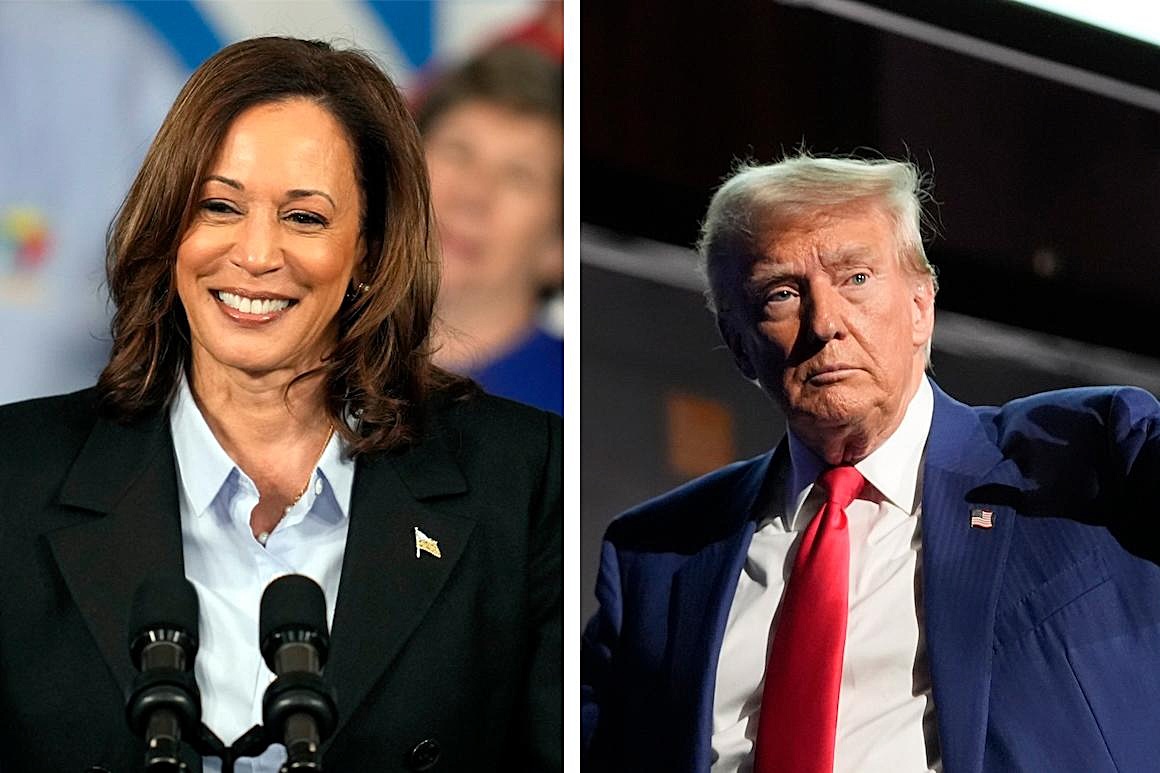A consensus in Washington is that tariffs against China will remain in place regardless of who wins the White House in November. However, Democrats and Republicans have different approaches to dealing with the issue. The cost of tariffs and who bears the burden is still a topic for debate.
The Trump administration imposed tariffs on over $300 billion worth of Chinese goods in response to unfair trade practices, including intellectual property theft. Former President Donald Trump had promised to raise China tariffs to 60% and apply at least 10% tariffs to goods imported from other countries. In a speech at the Economic Club of New York, he emphasized the importance of protecting American industries with higher tariff rates.
Vice President Kamala Harris’s position on tariffs is less clear, but it is expected that she will maintain the current administration’s policies. The final tariff determinations, originally scheduled for the end of August, will be announced soon.
Nick Iacovella, a senior vice president at the Coalition for a Prosperous America, believes that tariffs, when used in conjunction with other trade and industrial policies, can help domestic industries thrive. He argues that countries worldwide, including the United States, are recognizing the negative impact of China’s overcapacity on their own industrial capacity, leading to the implementation of tariffs on Chinese goods.
Erica York, senior economist with the Tax Foundation, warns that while tariffs may potentially shift the burden onto multiple groups such as exporters, importers, and retail consumers, they ultimately lead to reduced incomes and output.
Paula Mints, chief analyst at SPV Market Research, notes that tariffs affect different sectors in different ways. She suggests that tariffs have contributed to the growth of the domestic industry, as manufacturing incentives and domestic content requirements have attracted manufacturers to the United States.
The Biden administration sees tariffs as a tool to level the playing field, according to Mints. William Lee, chief economist at the Milken Institute, also believes that tariffs can address market distortions caused by government subsidies and other factors. However, he acknowledges that tariffs come at a cost, raising prices for importers and consumers.
Despite the potential economic impact, Lee argues that the strategic need to develop diversified industries, especially in high-tech sectors, has become crucial after the COVID-19 pandemic. He suggests that tariffs can now be used more strategically by both Democrats and Republicans to protect critical industries, provide domestic incentives, and compensate groups significantly affected by price increases.
Derek Scissors, chief economist of research firm China Beige Book and a senior fellow at the American Enterprise Institute, highlights the different approaches taken by the Biden and Trump administrations. While the Biden administration sees tariffs as necessary in response to China’s behavior, Trump used them as a negotiating tool. Scissors suggests that quotas, specifically targeting Chinese participation in supply chains, could be a more direct approach to addressing concerns about Chinese predation and American dependence.
On the other hand, Iacovella believes that a potential second Trump administration would be more aggressive on tariffs and industrial policy due to a stronger understanding of the China threat. He emphasizes the importance of discussing how tariffs can be implemented effectively, regardless of who becomes president.
In conclusion, it is expected that tariffs against China will continue, regardless of the election outcome. The specific approach and impact of tariffs may vary based on the administration’s policies and objectives.
Discover more from Tension News
Subscribe to get the latest posts sent to your email.

